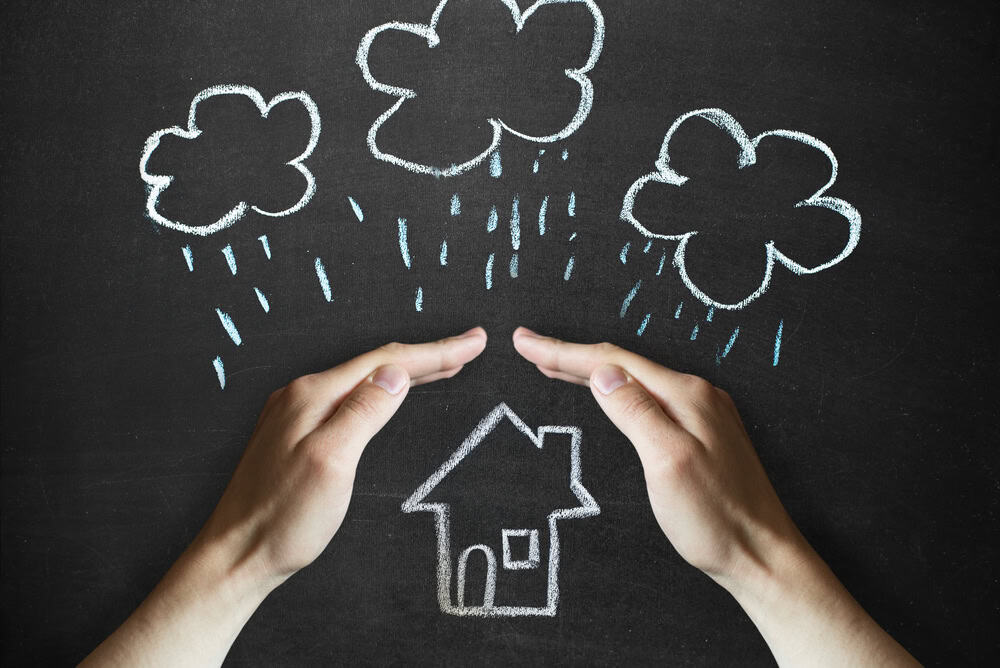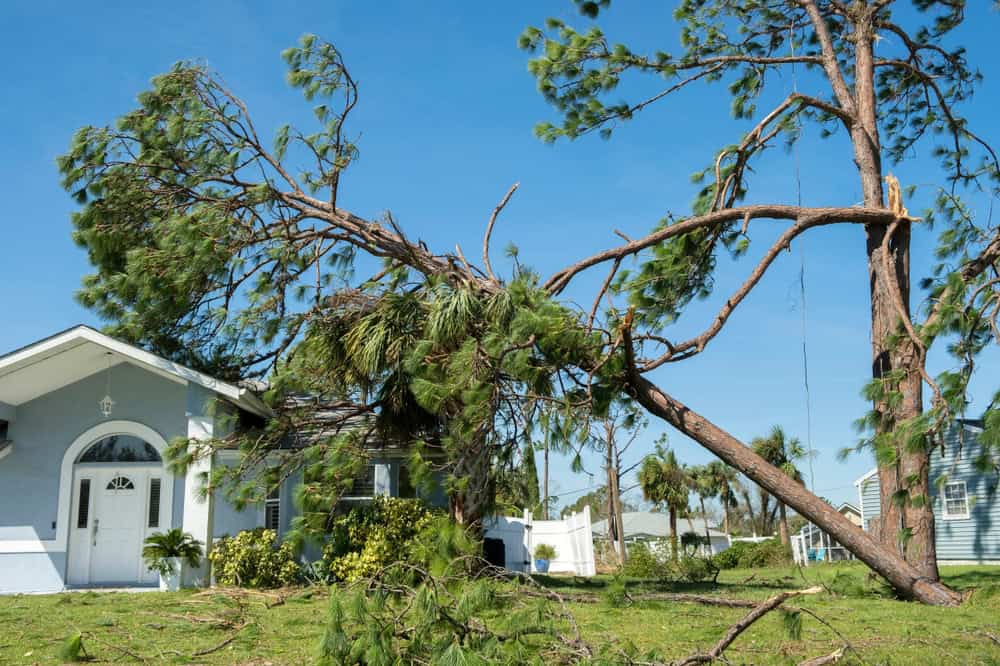Why Homeowners Insurance is Essential and How to Save on It
The largest, single investment most consumers make is in their homes. The consumer can protect their home, possessions, and liability with a homeowner’s insurance policy. The homeowner’s insurance policy is a package policy that combines more than one type of insurance coverage in a single policy. There are four types of coverages that are contained in the homeowner’s policy: dwelling and personal property; personal liability; medical payment; and additional living expenses.

Key Components of Homeowners Insurance
- Property Damage Coverage: Protects your home, personal belongings, and other structures on your property, such as sheds. Coverage can extend to theft even when items are away from home.
- Personal Liability: Pays for accidents (non-auto related) caused by you, your family members, or pets, both on and off your property. Coverage starts at $100,000 but can be increased.
- Medical Payments: Covers medical expenses if someone is injured on your property, regardless of fault. Standard limits are typically $1,000 per person.
- Additional Living Expenses: If your home is uninhabitable due to a covered peril, your policy may cover temporary housing costs (up to 20% of your policy limit).

Tips to Save on Homeowners Insurance
- Shop Around: Compare quotes from multiple insurers to find the best balance of price and service quality.
- Raise Your Deductible: A higher deductible (e.g., 1,000 instead of500) can save you up to 25% on premiums.
- Insure Rebuilding Costs, Not Land: Land isn’t at risk from covered perils, so don’t over-insure by including its value.
- Bundle Policies: Combine home and auto insurance with the same company to get potential discounts of 5%-15%.
- Disaster-Proof Your Home: Install storm shutters, upgrade roofing, or modernize heating and plumbing to reduce risks and lower premiums.
- Improve Security: Add smoke detectors, burglar alarms, or sprinkler systems to qualify for discounts of 5%-20%.
- Take Advantage of Discounts: Discounts may be available for retirees, group programs, or good credit scores.
- Maintain Good Credit: Many insurers factor in your credit score when calculating rates. Pay bills on time and check your credit report for errors.
- Stay Loyal: Long-term customers can get discounts of 5%-10%, but compare rates periodically to ensure you’re still getting a good deal.
- Review Your Coverage Annually: Adjust your policy to reflect changes to your home or possessions to avoid overpaying for outdated coverage.

Answers to Common Homeowner Insurance Questions
It’s crucial to understand the details of your homeowner’s insurance policy to ensure you’re adequately protected. Here are answers to the most frequently asked questions about homeowner’s insurance, based on the standard “HO-3” policy—the most common type in the U.S.

What’s Covered by Standard Homeowners Insurance?
-
Am I covered for damage from fire, wind, theft, and similar disasters?
Yes. The HO-3 policy covers damage from many perils, including fire, hail, tornadoes, explosions, and theft. However, you may have special deductibles for wind or hail in high-risk areas. -
Are jewelry and expensive items fully covered?
No. Theft coverage for jewelry is limited to $1,000−2,000. For valuable items like jewelry, electronics, or art, consider adding a floater for higher limits and broader coverage. -
If my house is destroyed, will my coverage pay for rebuilding?
It depends. Your policy pays to rebuild up to the coverage limit (e.g., $150,000). If rebuilding costs exceed your limits, you’ll have to cover the rest. To avoid this, ask about extended or guaranteed replacement-cost coverage. -
Am I automatically covered for flood damage?
No. Flood damage requires separate insurance through the federal government or private providers. Visit FEMA.gov for details. -
What about water damage from burst pipes?
Yes, pipe bursts and accidental water discharge are covered. However, basement water seepage is not, as it’s considered a maintenance issue. -
Is earthquake damage covered?
No. Earthquake coverage must be purchased separately. Costs will vary depending on your region’s risk. -
If someone is injured on my property, am I covered?
Yes. Liability coverage protects you if someone sues for injuries caused by your negligence. Medical payments coverage also pays for minor medical expenses, regardless of fault.

Storms, Fallen Trees, and Food Spoilage
-
What if a storm fells a tree onto my house?
You’re covered for roof damage and usually for tree removal (up to $500). Proactively maintain trees to avoid accidents. -
If a tree falls without damaging the house, am I covered for removal?
Probably not, unless it blocks access to your property. You can buy additional coverage for plants and landscaping if needed. -
What if a power outage spoils food in my fridge?
Coverage for food spoilage isn’t standard but is available in some states or as an add-on.

Coverage Outside the Home
-
Are my college student’s belongings covered?
Yes, if they’re a full-time student in a dorm. Coverage is typically 10% of your policy’s personal property limit. For off-campus housing, check with your insurer. -
Are stolen items (like golf clubs) covered away from home?
Yes, personal property is covered worldwide under the HO-3. However, reimbursement is based on actual cash value unless you have replacement-cost coverage. -
What about damage or theft involving my small boat?
Coverage depends on the boat’s size and engine horsepower. Liability and theft coverage may require a separate boat policy.

Rebuilding and Special Considerations
-
If new building codes increase rebuilding costs, am I covered?
No, the HO-3 excludes costs tied to updated codes. You’ll need an ordinance or law endorsement to cover these additional expenses. -
Am I covered for “acts of God”?
Sometimes. Natural disasters like windstorms, hail, and lightning are covered. Earthquakes and floods are not—these require separate policies. -
What if my policy provides less coverage than the HO-3?
Older policies may lack key protections like water damage or replacement-cost coverage. Speak with your agent about upgrading to an HO-3 for comprehensive coverage.
